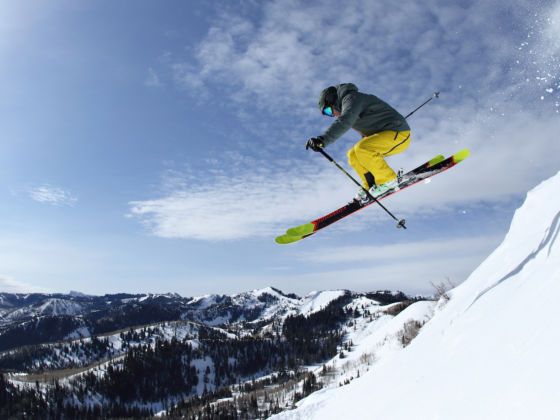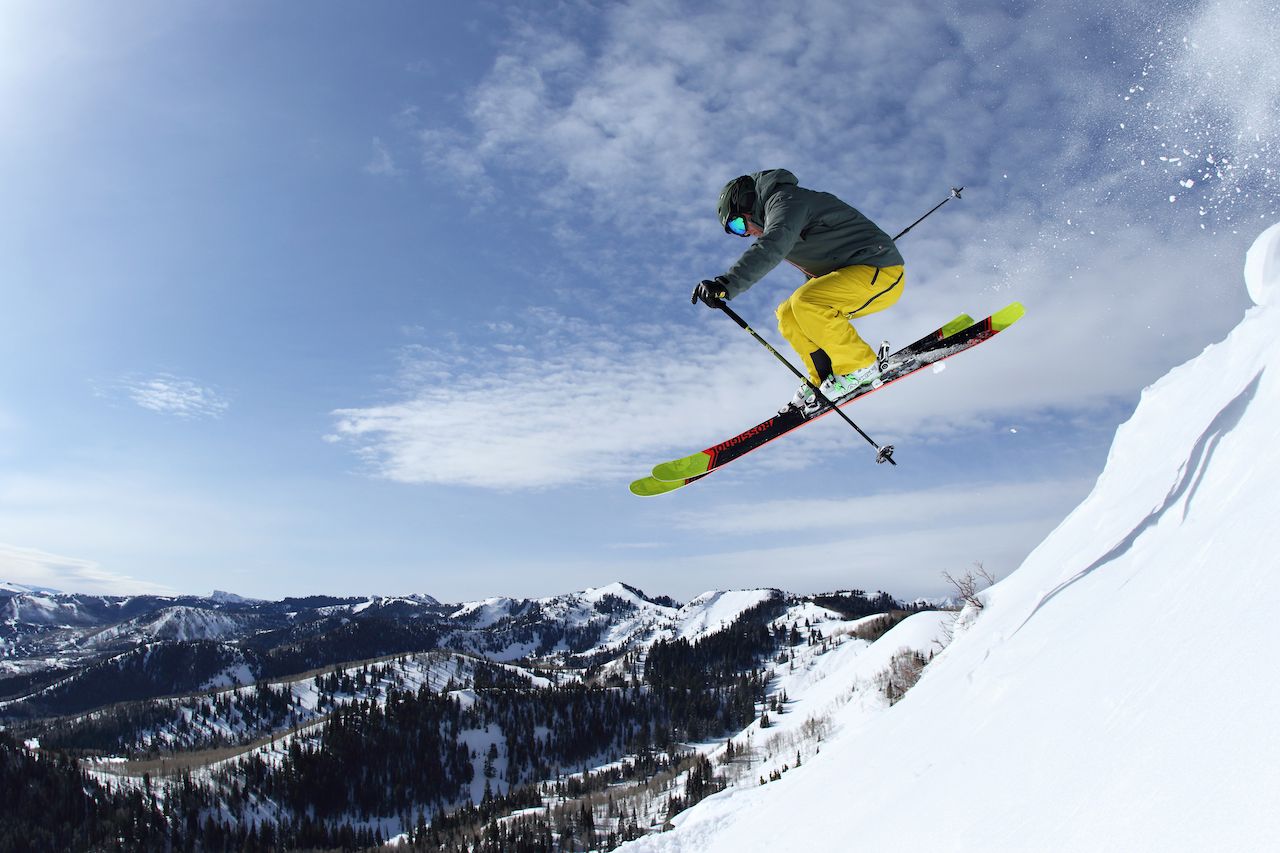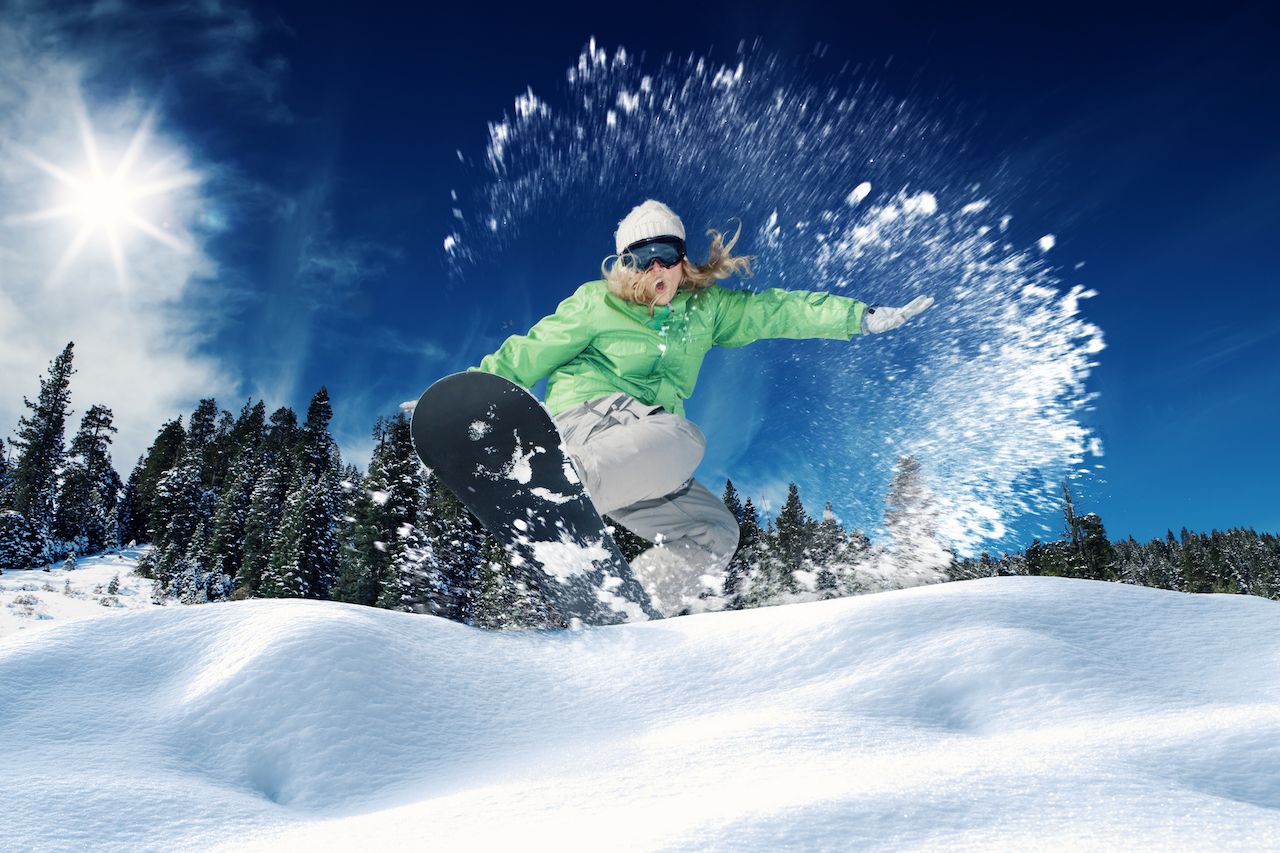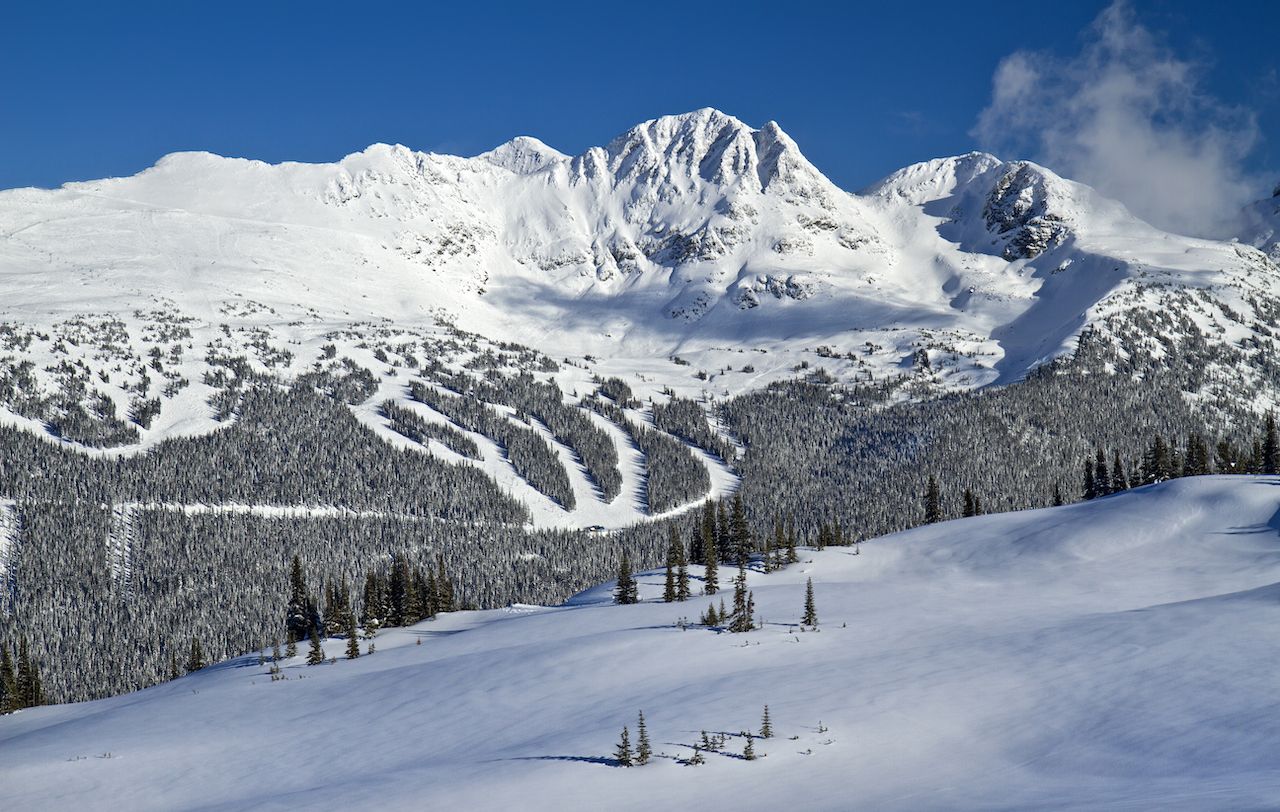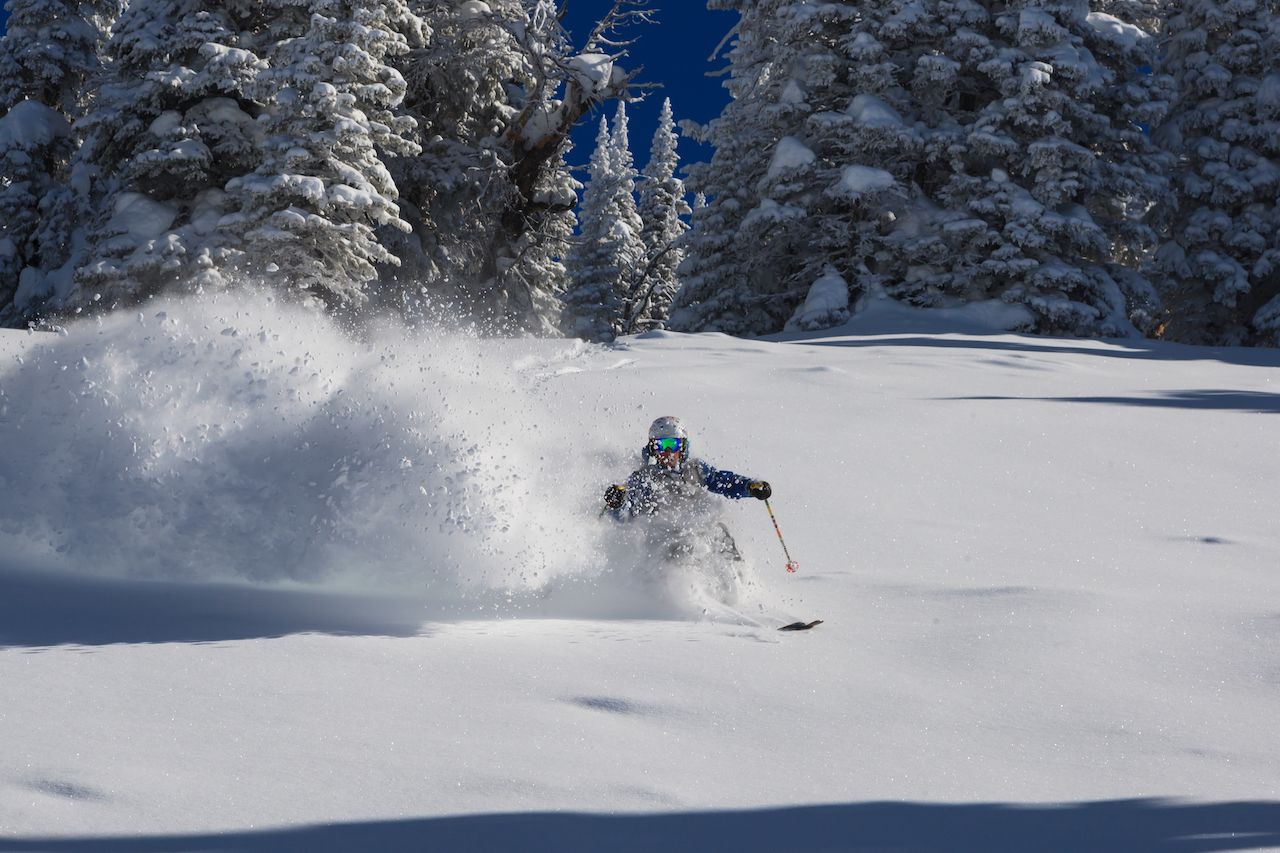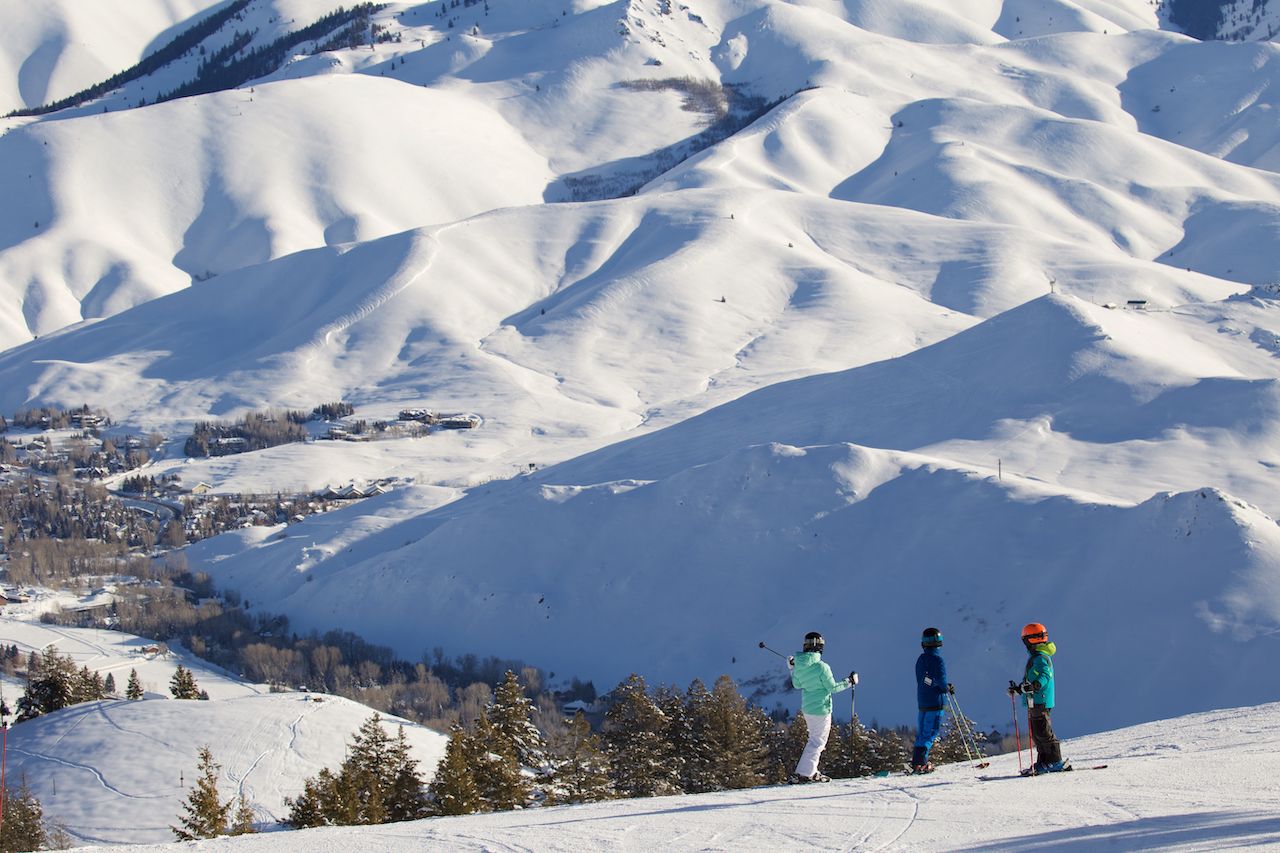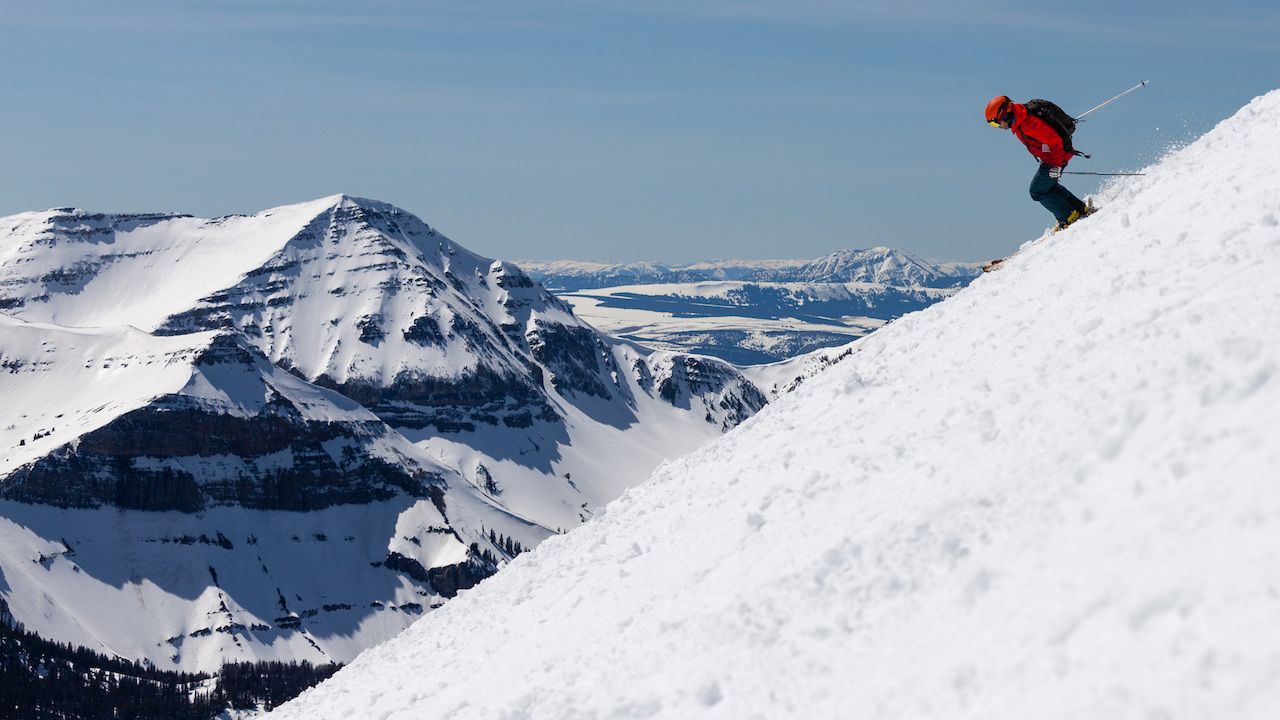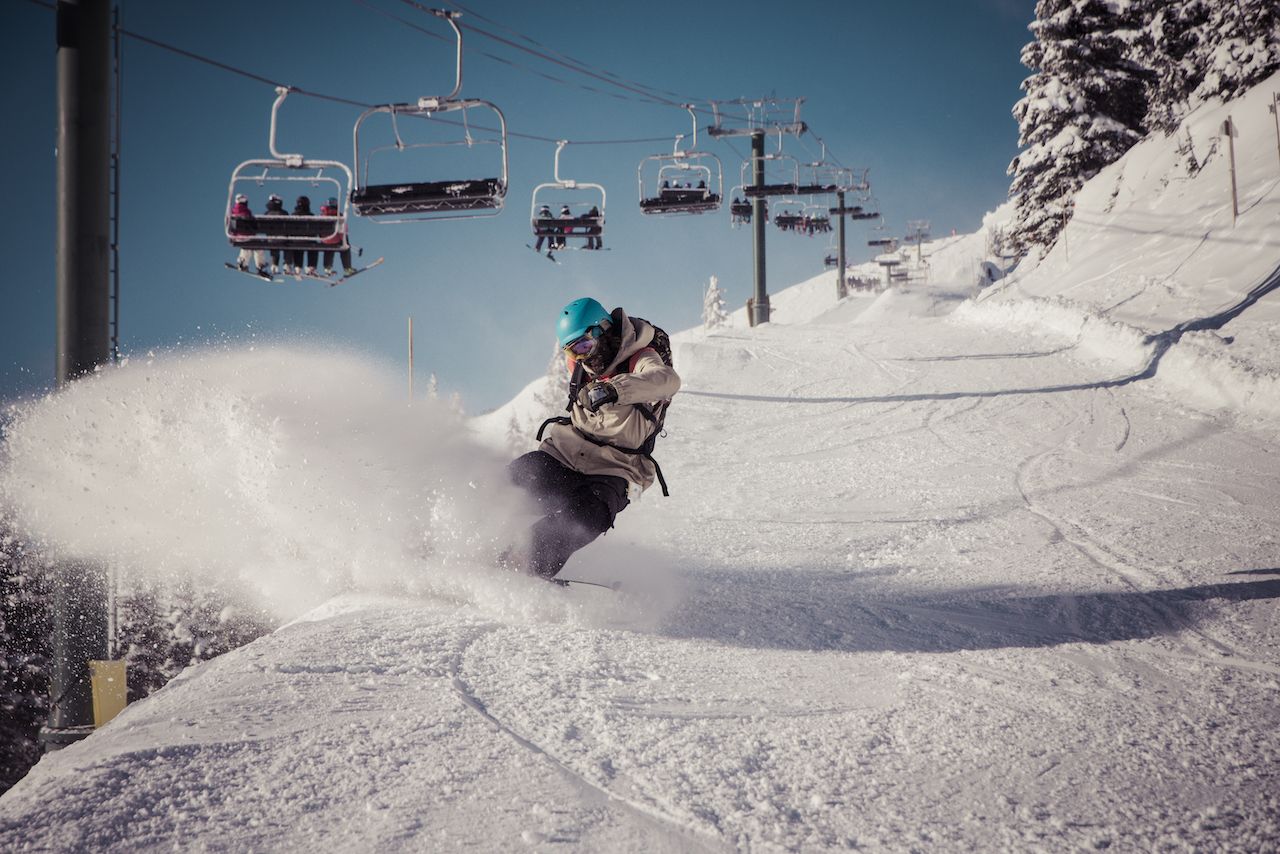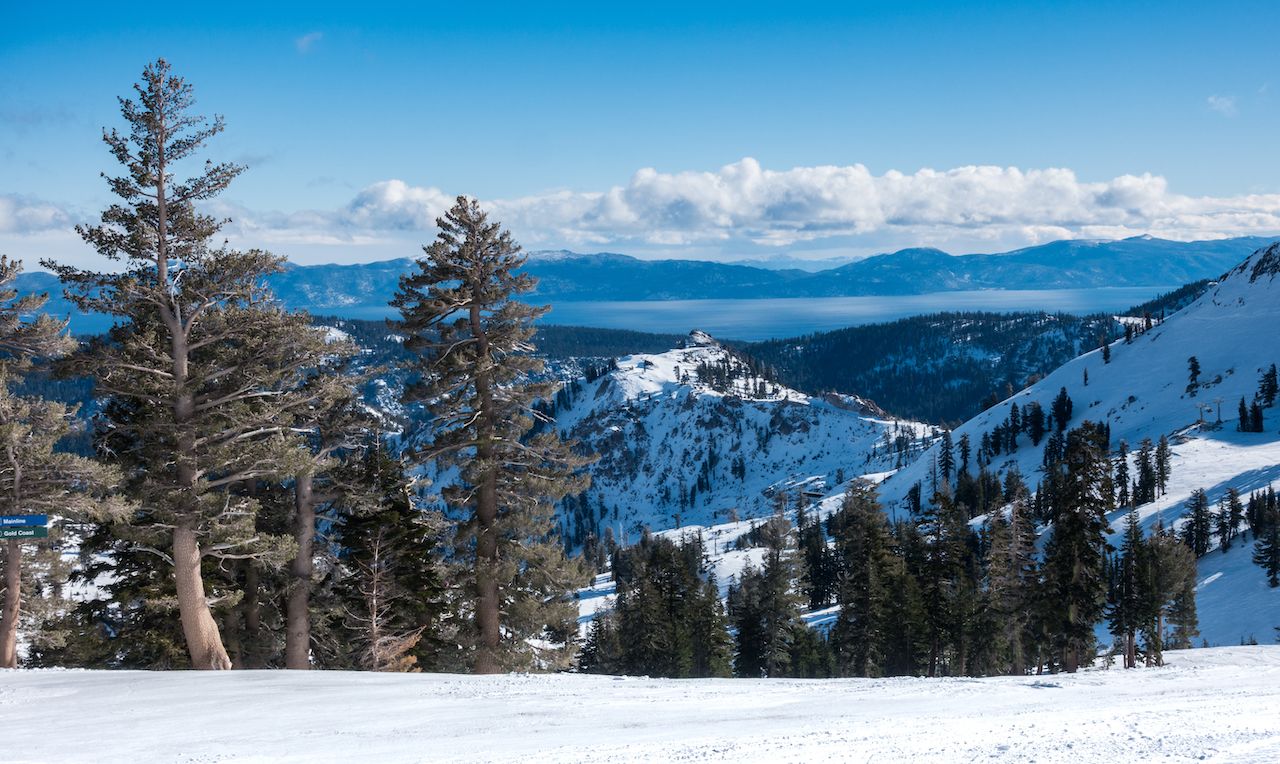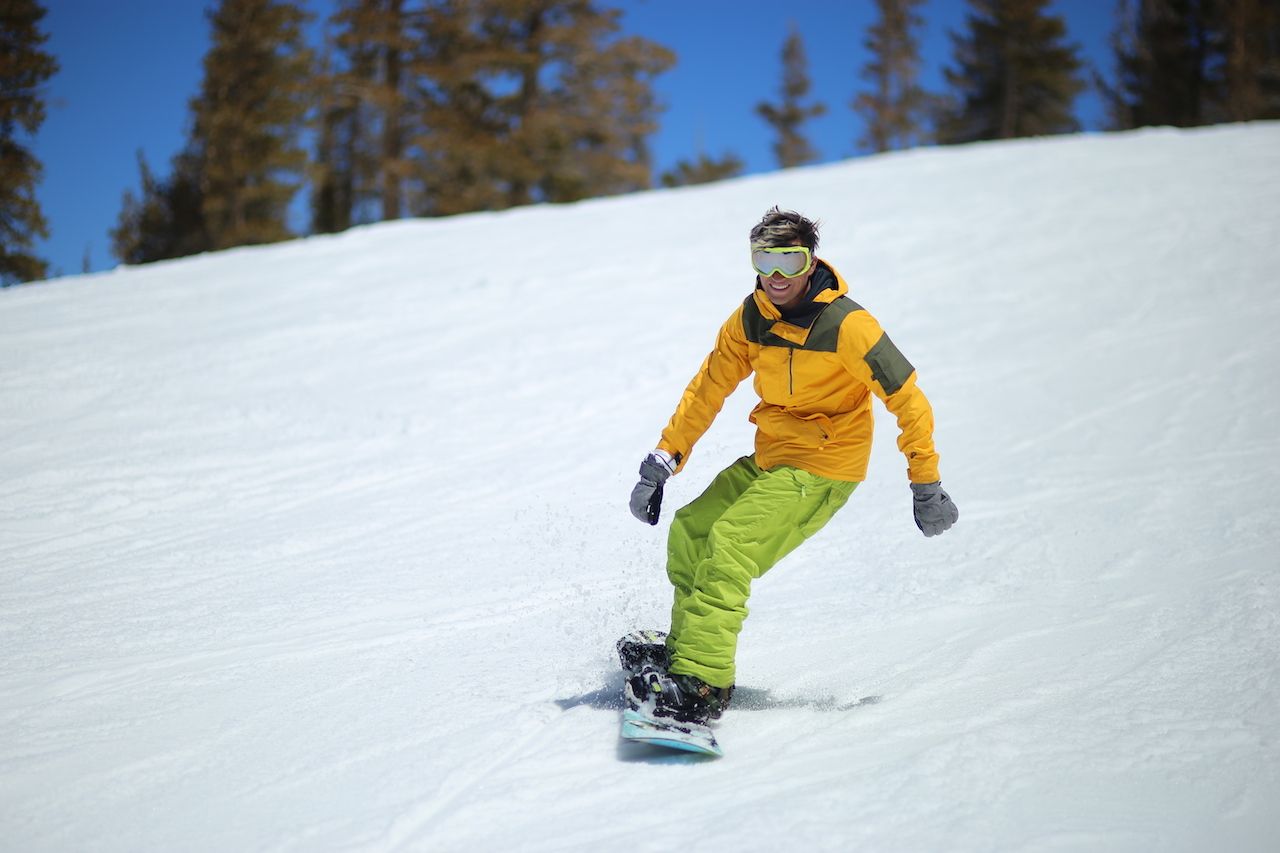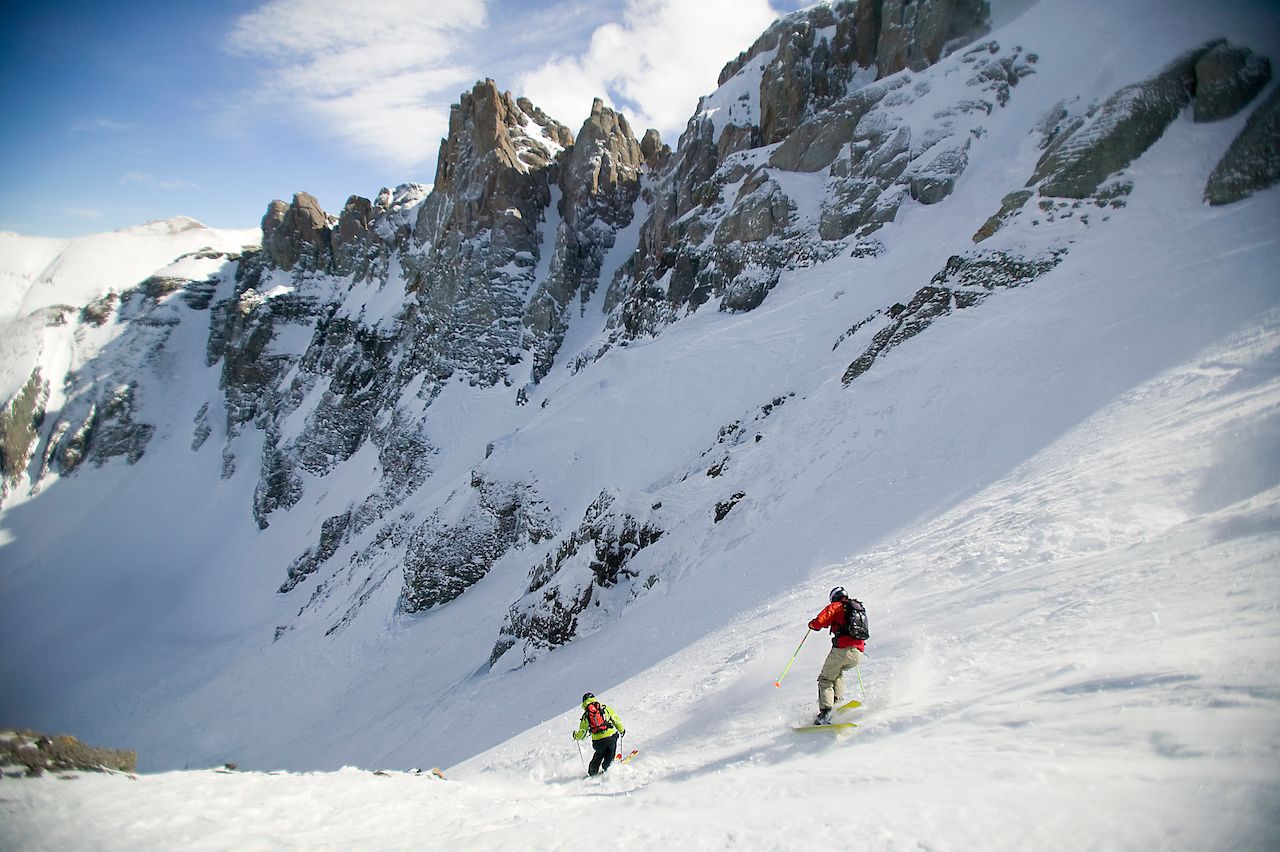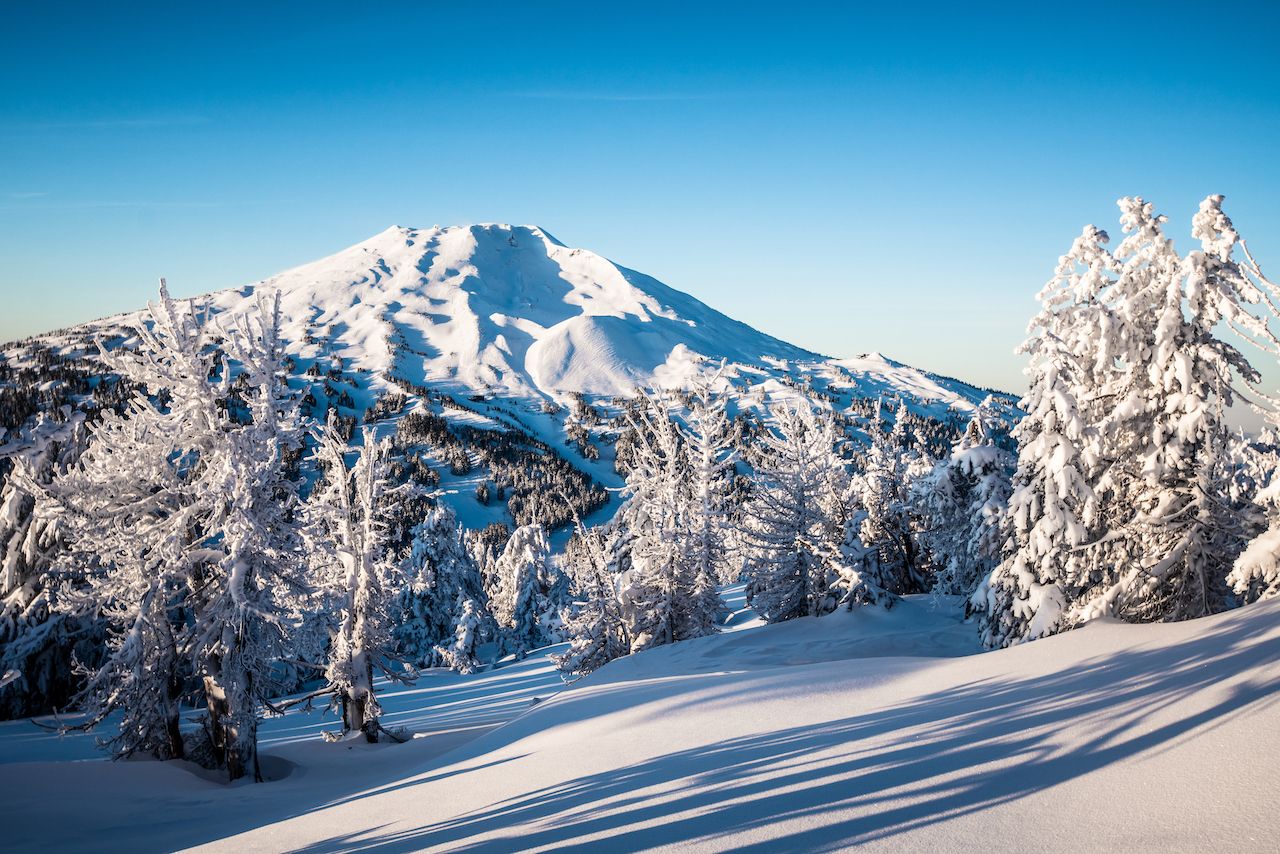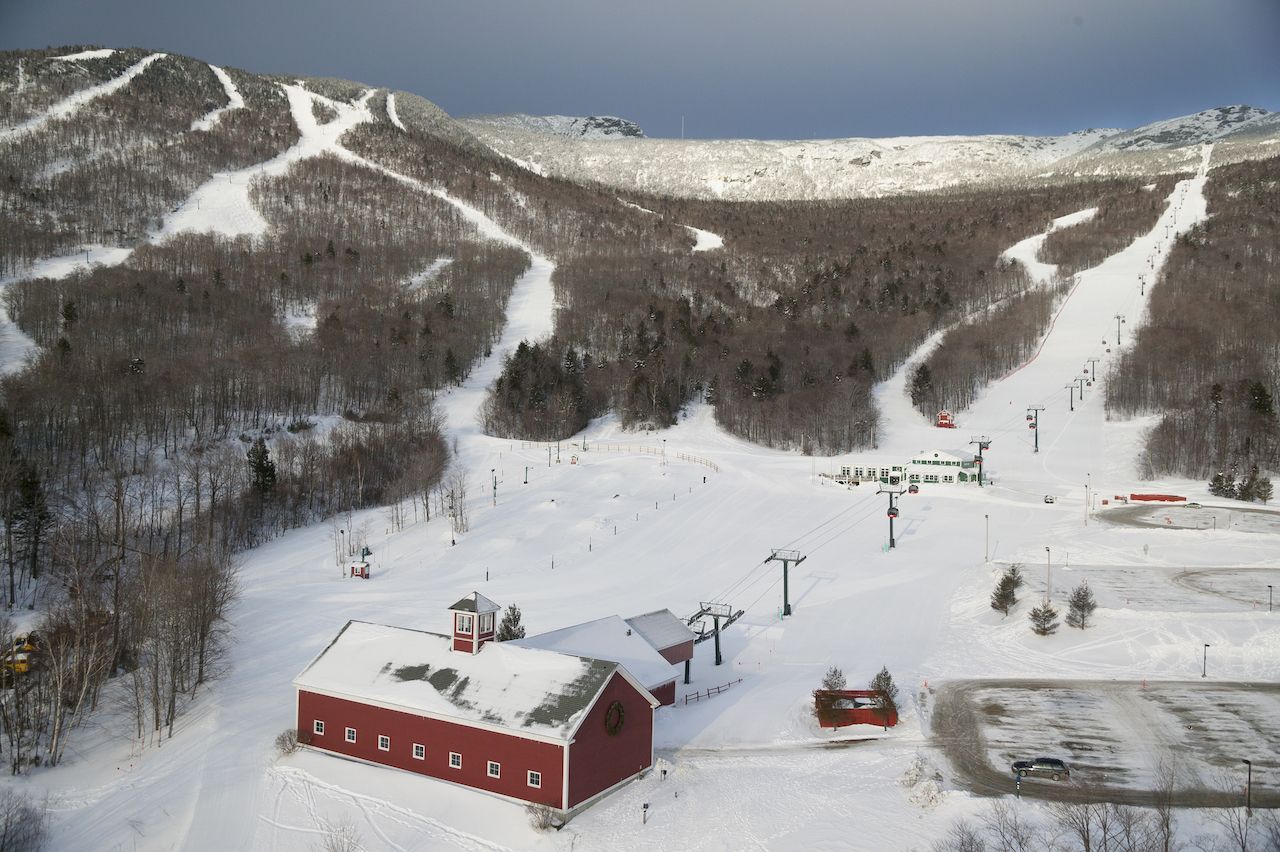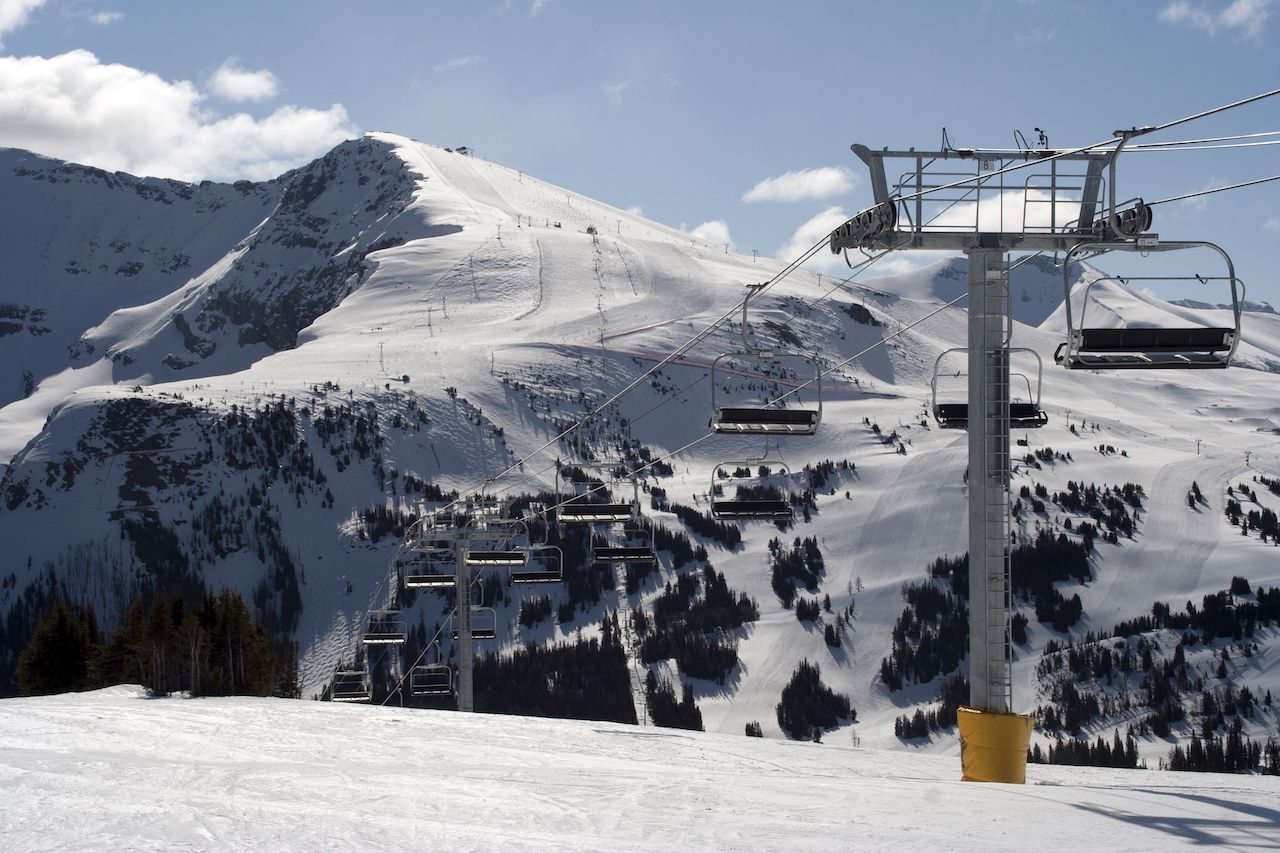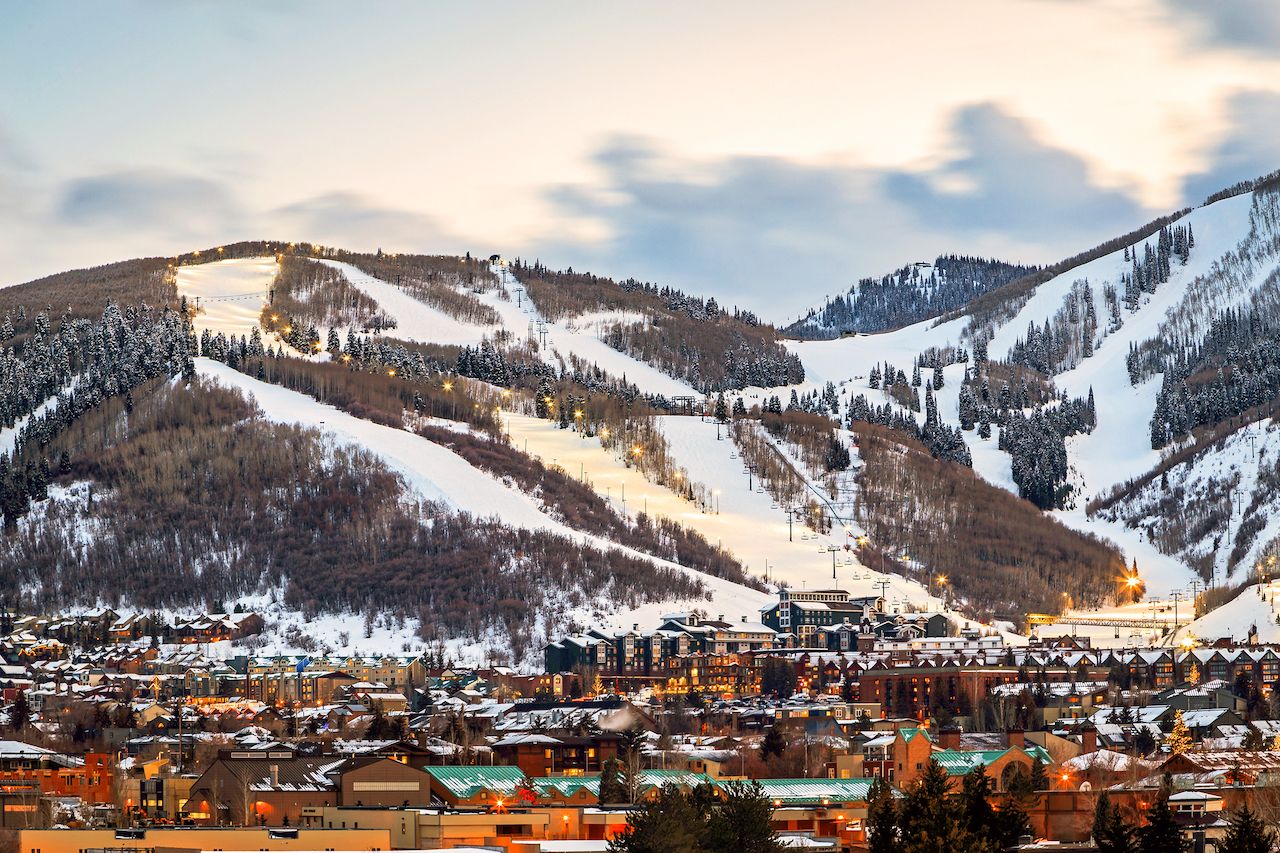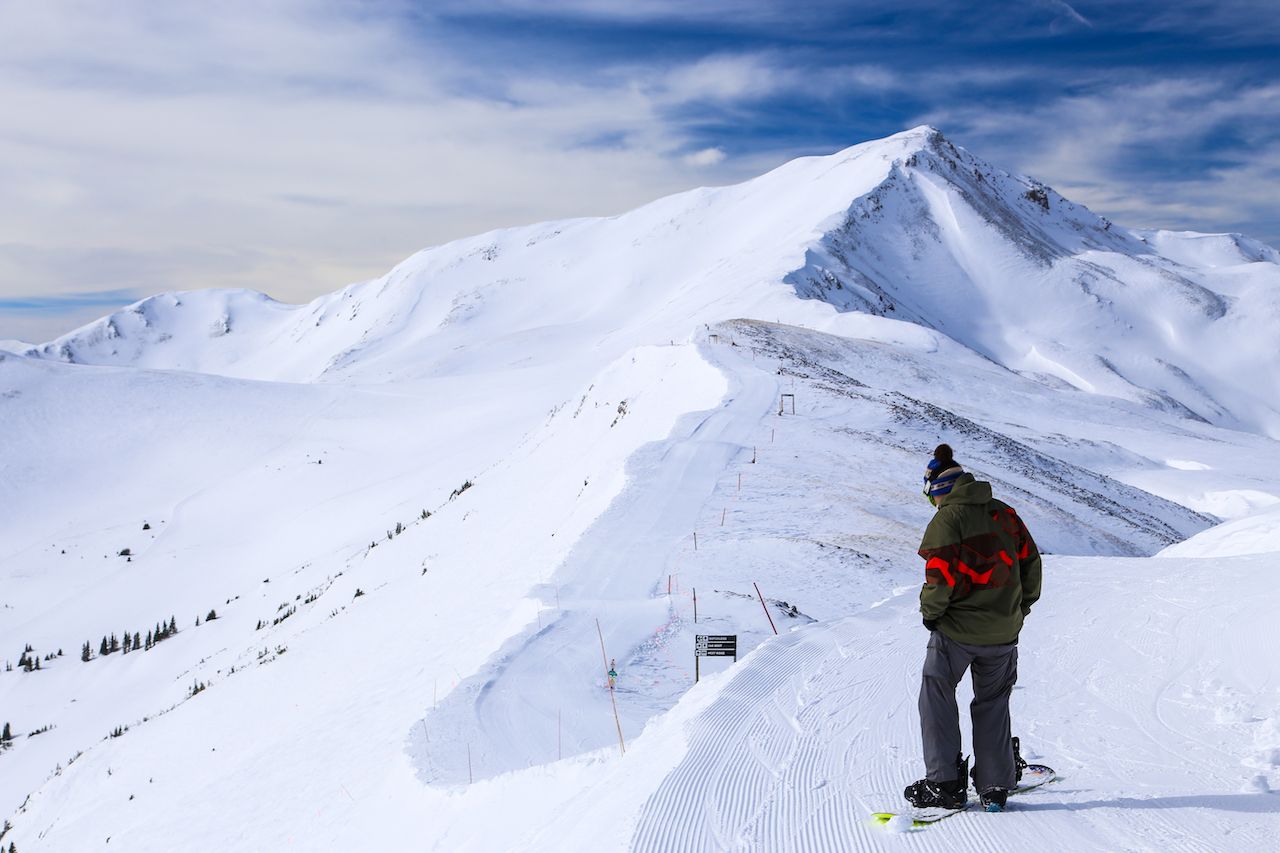Ski resorts from Vermont to California to British Columbia are slated to open for the season at the end of November, which means it’s time to start making those winter skiing and snowboarding travel plans. While there are plenty of trendy ski destinations that get a temporary buzz, they don’t always last to the next season, and even some of the mainstays aren’t all they’re cracked up to be. To guarantee the most epic ski vacation this year, travel to the ski areas in the United States and Canada that actually live up to the hype — from tried-and-true favorites like Colorado’s Aspen to emerging spots that are the talk of the ski world, like Kicking Horse in Eastern BC.
First, a note on season passes
Your choice of mountain might be dictated by whether or not you’ve already purchased an Epic Pass or IKON Pass, both of which grant access to several of the mountains on this list. Last season we wrote about planning ski trips around your ski pass. If you don’t want to go all in on a season pass, the Mountain Collective Pass doesn’t give you unlimited access to its mountains but does offer steep discounts.
If you don’t have any pass, be sure to buy your lift tickets online in advance. While lift prices can change by day of the week and week of the month, it’s always cheaper to buy online than heading to the ticket window on the morning you plan to ski.
1. Aspen Snowmass — Aspen, Colorado
Ski passes: Ikon, Mountain Collective
Aspen conjures images of ritzy snow bunnies, significantly overpriced cocktails, and pretension so strong you could smell it from Glenwood Springs. Full disclosure, all of those things are present in Aspen. But it’s what happens between the lines, underneath the façade of trophy homes and Gucci purses, that makes a visit to this mountain town memorable. First, there’s the terrain itself. The first chair at Aspen Mountain after an overnight snowfall is the stuff powder dreams are made of: wide-open fields of steep, rolling terrain accessed by high-speed lifts within walking distance of downtown.
If you’re there for a while, few ski destinations offer the diversity in terrain of Aspen. Beyond Aspen Mountain, Snowmass alone is enough to keep freeride enthusiasts busy for a week or more. Buttermilk has Colorado’s top family-friendly terrain and the X-Games terrain park that brings in top pros each January. Aspen Highlands is steep and offers access to Highlands Bowl, often ranked among the bucket-list ski hikes of North America. No matter which mountain you’re on, those million-dollar views of the surrounding 14,000-foot peaks are enough to stop you in your tracks.
2. Whistler Blackcomb — Whistler, British Columbia
Ski pass: Epic
The largest ski resort in North America, with over 8,000 skiable acres, Whistler Blackcomb keeps adding superlatives to the list. It built the world’s highest gondola off the ground in time for the 2010 Winter Olympics, making it really easy to hop between the resort’s the two mountains: Whistler and Blackcomb. Yet with so much to ski on each mountain alone, you could spend days on just one of them and not ski it all.
Whistler Mountain has plenty of wide-open bowls that are great for beginners and intermediates. Then again, many have called its Saudan Couloir chute one of the scariest runs in the world. They clearly haven’t climbed up Spanky’s Ladder on Blackcomb Mountain to access off-piste runs on Ruby and Sapphire Bowls. While those gemstone-named zones usually have great snow, signage is limited, and cliffs are aplenty — so go there with someone who knows the area. Whatever level skier you are, you can fuel up on some of the best on-mountain lunch options we’ve tried in North America.
Off the mountain, Whistler Village is so packed with great restaurants and bars that Vancouverites will come up for a weekend of partying alone. You’ve also got miles of cross-country and snowshoe trails, spas, yoga studios, and dozens of other activities — from sleigh riding to zip lining.
3. Jackson Hole Mountain Resort — Teton Village, Wyoming
Ski passes: Ikon, Mountain Collective
Officially, Jackson Hole is named as such because the town of Jackson is surrounded by towering peaks on all four sides and resembles a hole in between them. Unofficially, its name refers to the fact that once you get here, it’s nearly impossible to convince yourself to go back home. Beyond some family-friendly runs at the base, Jackson Hole Mountain Resort is a playground for big mountain enthusiasts who typically have to ski up a backcountry peak to find terrain this good. Seeing packs of pro skiers and film crews crammed onto the chair, avalanche pack on their backs, en route to the resort’s renowned backcountry access gates is just another Tuesday in Jackson.
Its most famous run, Corbet’s Couloir, is a bucket-list drop for many dedicated skiers and boarders. Riding the tram past it up to Corbet’s Cabin is also a must-do experience. The addition of the Teton Quad Chair in 2015 made even steeper, powder-filled terrain easily accessible, and because of the resort’s sheer size and the fact that you’re skiing in the least-populated state in the union, there’s no stress over having to share it.
4. Sun Valley Resort — Sun Valley, Idaho
Ski pass: Epic
Sun Valley Resort opened in December 1936 with the world’s first chairlift: the same single-rider style that Stowe adopted shortly thereafter. The hotel itself was a glamorous affair that attracted Hollywood types like Marilyn Monroe and Cary Grant. Warren Miller, the father of the ski film, was a ski bum in Sun Valley — which may explain why he always included an element of the itinerant ski-bum life in his films.
But you don’t go to Sun Valley for the history. You go for some of the dryest, powderiest snow on the continent. The home of corduroy (skiing, that is, not pants) doesn’t have as many of the steep runs that you’ll find, say, in neighboring Wyoming — but Sun Valley’s Bald Mountain does have big long cruisers and consistent pitch the whole way down. If you like doing big GS turns, this is the place. And after a day of big, sweeping turns, you can head back to that still-glittery lodge for a cocktail — Sun Valley is still a posh place, after all — or have a beer with the locals in the town of Ketchum.
5. Big Sky — Big Sky, Montana
Ski passes: Ikon, Mountain Collective
Montana is the last stand for the true Wild West ski bum, a place where half-toasted locals ride horseback down the middle of the street when the après action winds down. Big Sky is living proof that the 2001 movie Out Cold, arguably the greatest cinematic masterpiece of all time, took place in the wrong state. If Hangman’s Peak were a real place, surely it would be here. As far as destination ski resorts go, none are quite as raw and unfiltered, nodding to the days when wearing a cowboy hat up the lift didn’t automatically label you as a novice.
There’s terrain for everyone, and unlike Colorado’s Summit County, there’s no worry of bumping elbows should your heelside turn go a little too wide. Like Jackson Hole to the south, carrying avalanche gear on your back is commonplace at Big Sky — just another die-hard en route to Big Couloir. It’s a freeskier’s paradise, and because it’s Montana, that isn’t going to change anytime soon.
6. Kicking Horse Mountain Resort — Golden, British Columbia
Ski passes: Ikon, Mountain Collective
The entire Eastern BC region seems to be the talk of the ski world these days, with eight ski resorts available along the Powder Highway. While they all offer runs for beginners and intermediates, this region is best known for really long runs; fluffy, untracked powder; and very steep lines. Of all of the resorts, Kicking Horse seems to be the buzziest of all.
Don’t be fooled by the fact that Kicking Horse has but one gondola and three lifts. It has plenty of skiable acres and that gondola goes far: The mountain offers an astounding 4,133 feet of vertical. Trek on over to Super Bowl and you’ll have a dizzying collection of double blacks to choose from. If you’re worried about whether the Horse is too much for you, just know that you can stay closer in by Bowl Over or Crystal Bowl and take a blue or black run down (although even these blues don’t skimp on incline). You can have lunch, or dinner, at Eagles Eye atop the mountain or head down to the crunchy mountain town of Golden for après beers at the Whitetooth Brewing Company.
7. Squaw Alpine — Squaw Valley, California
Ski passes: Ikon, Mountain Collective
Folks are sometimes surprised that California has produced so many Winter Olympians. In fact, Squaw Valley was the site of the 1960 Winter Olympics and was the home mountain of at least two gold medalists: alpine racer Julia Mancuso and freestyler Johnny Moseley, who can still be found on the mountain on great snow days. If you’re lucky, Squaw will reward you with a classic NorCal ski day: a night of snowfall followed by a bluebird morning. When the Headwall lift opens up, it’s a race to get to the untracked stuff first.
Buck the crowds and head over to Granite Chief, where you’ll find excellent tree runs through the ponderosa pines. Or head to the KT-22 chair, Tahoe’s most famous lift; it accesses a ridge, off of which are plenty of steep, mogul-dotted options. Since KT-22 starts at the base, it’s kind of a thing to see how quickly you can lap its experts-only pistes.
The après scene is typical chill Californian, with big outdoor fireplaces and pitchers of beer. Go ahead and fill up on nachos because, despite the growing number of restaurants in Squaw, the food is just so-so. For lunch, Wildflour makes tasty sandwiches and the best chocolate chip cookies anywhere. If you want a great dinner, though, drive to Truckee.
8. Mammoth Mountain — Mammoth Lakes, California
Ski passes: Ikon, Mountain Collective
There was a time — the 1990s, in fact — when Mammoth Mountain was the hub of the snowboard social scene, home to a legendary and constantly evolving terrain park luring pros and providing endless fodder for the legions of youth flocking to a fast-growing sport. Even today, the massive resort south of Yosemite National Park is a beacon for boarders from across the country, with stickers of the famous Mammoth crown lining the backs of cars on nearly every freeway in Southern California, depicting drivers’ burning desire to ditch the asphalt block for the high country steeps of the Sierra.
All the hype around Mammoth tends to paint an image of a haven for big-city teenage jibbers with pants drooping and headphones blasting, a place where worth is measured solely by how many spins one completes off the mega-booters in the park. This couldn’t be further from the truth. In fact, Mammoth deserves every bit of recognition it gets. The mountain is huge and diverse, steep shoots dropping into wide-open bowls that lead into fast cruisers to the base. The views of the Minarets from “The Summit” are as unforgettable as dropping into Paranoid Flats on a pow day. Mammoth is a skier’s universe all it’s own, and it’s no wonder a coworking space was opened in the base lodge — people just don’t want to leave.
9. Telluride — Telluride, Colorado
Ski pass: Epic
Both Oprah Winfrey and Tom Cruise have homes in Telluride if that tells you anything about its star power. One could almost say it’s the new Aspen in that sense, though it’s far tougher to get to. This means that, big names with private jet access aside, the people here are here for one reason: The mountain is damn epic. Revelation Bowl is the best lift-accessed terrain in the San Juan Mountains, and if you dare to push it further, a hike up towards Palmyra Peak will make you feel as though you’ve walked into a Warren Miller film.
Thanks to the Prospect Express and Apex lifts, casual skiers and riders enjoy access to nearly the entire mountain here, something that often eludes those not keen on bumps, rollers, and steep drops at big-time resorts. The town also does après action right, with two distinct villages to choose from. And be sure to give Tom or Oprah a high five if you see them.
10. Mount Bachelor — Oregon
Ski pass: Mount Bachelor is independent
Oregon often gets overlooked for skiing, perhaps because British Columbia to the north and California’s Sierra Nevada to the south grab all the attention. But Mount Bachelor gets nearly 500 inches of annual snowfall, and its ski season typically runs half the year, from mid-November to mid-May. While most of the resort is concentrated on the north side of Mount Bachelor, an “active” volcano, you can actually ski your way around the whole mountaintop. So when the clouds part, you can chase the sunshine on the southern slopes.
Bachelor is one of the bigger resorts in the US and, of its 11 lifts, seven are high-speed quads. It also has a massive half-pipe and has held Olympic qualifying events, making it a serious draw to snowboarders and freestyle skiers. The only downside to skiing in Bachelor is that, since it’s within a national forest, you’ll have to stay in Bend, Oregon, a 20-minute drive or shuttle away. The good news is that Bend is one of our favorite outdoor towns, with great food and drink scenes.
11. Stowe Mountain Resort — Stowe, Vermont
Ski pass: Epic
The oldest ski town in North America is still its most iconic. Back in the day, Stowe’s single-chair ski lifts left you feeling so lonely and cold that they gave you horse blankets to cover yourself with. That early lift accessed the Front Four runs, which were cut to follow the terrain of the mountain — winding and really narrow in some spots. They were known as the hardest runs on the east coast.
Eventually, Stowe replaced the single-person lift and added two cable cars, as well, so you can get up the hill in much cozier conditions, even in the bitterest of Vermont winters. You’ve also got plenty of other chairlifts to access a host of intermediate blues, and even a t-bar and people-mover near the beginner greens — making Stowe a very family-friendly ski place today. In fact, the Trapp Family Lodge, as in the Von Trapps from The Sound of Music, is just down the road from the mountain, and you’ll find other lodging and dining options around, as well.
12. Tremblant — Mont-Tremblant, Quebec
Ski pass: Ikon
Tremblant charms with its very French Quebecois vibe, something unique in North America. It’s enough to make you forget that the name literally means “trembling mountain.” (In fact, Kicking Horse and Banff’s Sunshine Village tend to have colder winter temps.) Quebec also has an 18-year-old drinking age. That Francophone vibe and lower drinking age combine to create an atmosphere that’s cheerier and warmer than the weather. It also means you can always run into the Au Grain de Cafe at the base and grab an Irish coffee or even a hot, spiced wine between runs.
Don’t have too much, though, because Tremblant has some excellent gladed skiing. The cold temps are great for snow, but average snowfall is less than it is farther west in Canada; however, you can catch big pockets of the stuff in between Tremblant’s fluffy, evergreen spruce trees. Too much mulled wine, and you might find yourself in a tree well. As you’d expect, Tremblant has a formidable après ski scene, and things continue late into the evening at bars like Le P’tit Caribou.
13. Sunshine Village — Banff, Alberta, Canada
Ski passes: Ikon, Mountain Collective
The signature of Sunshine Village is the 17-minute gondola ride from the base area to Sunshine Village, which passes over one of the longest runs in Canada — one that you’ll have the pleasure of skiing on your way back to the parking lot at the end of the day. The mountain is lined with wide-open powder fields but also has plenty of mellower terrain for a few laps that are easier on the legs. It actually sits in two Canadian Provinces — the Continental Divide Quad lift actually crosses over the provincial boundary from Alberta into British Columbia on its way up, though you’ll be back in Alberta quickly after you drop in.
Sunshine Village earned its spot here because of the care the resort has taken in providing access to, and properly regulating, some of the best backcountry access gates in North America. Case in point is the Delirium Zone, a gated backcountry access point that leads skiers towards a pair of peaks dubbed The Eagles. The resort refers to this area as a “designated freeride zone” and you must pass a beacon check to access. It’s recommended that you stand at the viewpoint and watch others drop in and make their way down before attempting the hike yourself.
14. Park City Mountain Resort — Park City, Utah
Ski pass: Epic
One thing that makes the Utah resorts so attractive is that they’re less than a 40-minute drive from Salt Lake City, a major international airport. There’s also the fact that the Wasatch Mountains get up to 500 inches of annual snowfall, depending on where you are. (Snowbird gets the most.) Add to that the high-altitude and dry conditions, and you have great skiing. Choosing among the resorts is the hard part. If it’s steep, long runs you’re after, head to Snowbird or Alta — although Alta still doesn’t allow snowboarders.
But if you want a mix of pistes for every ability level, and more than two restaurant options for dinner, then you can’t beat the Park City Resort. It merged with the Canyons five years ago, creating the state’s largest ski area. You’ll find a good selection of black diamond runs off Park City’s Juniper Peak, including excellent gladed skiing. And at the end of the ski day, you’ve got all that Park City has to offer, from shopping and bars to live music and restaurants. Just make sure you’ve made reservations in advance.
15. Copper Mountain — Frisco, Colorado
Ski pass: Ikon
Copper Mountain is the last great destination resort on Colorado’s I-70 corridor. It’s steeper than nearby Breckenridge and sees far less overcrowding, but what makes it truly special is that the mountain is the most easily navigable large-scale ski area in the state. The flow of the runs and placement of the lifts keeps lines to a minimum and ensures that you actually can ski most of the mountain in one day if you hustle. The problem is that hardly ever happens because it’s so easy to get sidetracked on the Resolution and Blackjack chairs and end up lapping the day away before you ever make it over to West Village.
New for the 2019-2020 season, Copper has installed a lift up to the top of Tucker Mountain, which was previously accessible only via snowcat or a very long hike. Tucker Mountain is home to the resort’s most challenging terrain, now with the bonus of being able to do more than one run in a day.
16. Taos Ski Valley — Taos, New Mexico
Ski passes: Ikon, Mountain Collective
The term “played out” has never been accurately used to describe New Mexico. Taos Ski Valley also keeps the term “skied out” from the visitor’s vocabulary as the terrain is big, and there never seems to be more than a few others around to share it with. From the top of the Kachina Peak lift, Taos is a ridge-walker’s paradise. You can drop into more than a dozen access points along Highline Ridge or just stick to Kachina Peak itself and show off for those on the lift.
Taos’s vibe mixes outdoorsy with Southwestern, adding a unique take on the typical mountain town scene as the art galleries, t-shirt shops, and cafes are reminiscent of nearby Sante Fe. Here, you’ll learn really quickly that anyone who tells you they don’t appreciate the color teal isn’t worth hanging out with in the first place.
